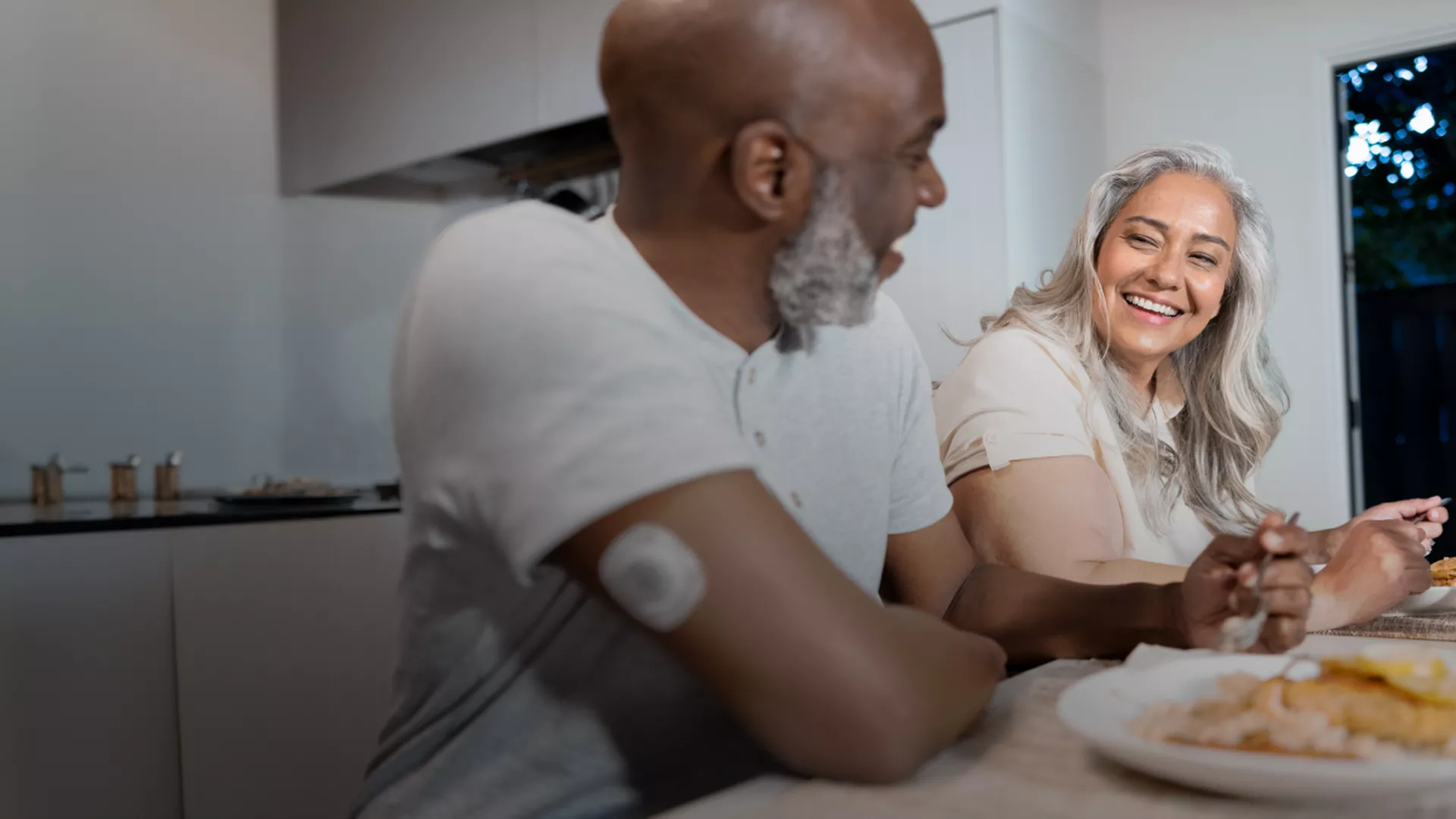
Dexcom’s Stelo glucose biosensor is promoted as a continuous monitor that helps track glucose in the body. What separates it from other continuous glucose monitoring (CGM) systems — special monitors that are attached to the user for an extended period of time — is that it’s completely over the counter, a far more accessible option.
Dexcom is a company well-known among diabetics for its CGM. They’re made specifically for Type 1 diabetics, or those who don’t produce any insulin to absorb glucose in the blood. These monitors immediately notify the user of sudden spikes or drops so said user can counteract them with a dose of insulin or sugar, respectively.
However, there is a sizable amount of pre-diabetic people (at risk of developing diabetes) or have Type 2 diabetes (those who either have insulin resistance or don’t produce enough insulin) and either take medication other than insulin or none at all. That’s who this product is marketed towards since normal biosensors can cost up to thousands per year if not insured, which is a tough pill to swallow for those in the US who may struggle with medical insurance.
Stelo only costs $99 (about £80 / AU$150) for a month’s supply — two biosensors that last for approximately 15 days each. If you get a monthly subscription, you’ll save 10% and a three-month subscription nets a 15% discount. You also don’t require a prescription for it, since it’s meant for those who wouldn’t be approved for one regardless. But how well does Stelo actually work once I put it to the test?
@techradar ♬ original sound - TechRadar
A warning for those who use insulin
There is one caveat, however, a warning shown all over the website. This is not a product meant for those taking insulin. I have diabetes myself and I use insulin, which means I started searching for the reason why, which wasn’t made immediately obvious. The reason for this is that most insulin is intended to counteract sudden glucose spikes for those with Type 1, which can get quite serious.
However, that’s not the only type of insulin that exists. I take a slow-acting type of insulin that’s only administered once a day (usually at night) and lasts for 24 hours to help bolster the overall insulin amount. In order words, unlike a Type 1 diabetic, I don’t need to be instantly notified of a spike, I just need to track my general glucose levels like the target audience.
Confirming that Stelo would not harm me due to my insulin use, I decided to move forward and test out the monitor. Fair warning, if you’re nervous at any time about using this monitor, I’d advise you to speak to your doctor and get their opinion as well. That said, I do believe if you take slow-acting insulin such as myself, Stelo would be an incredibly useful tool as diabetics like me normally wouldn’t have access to CGM.
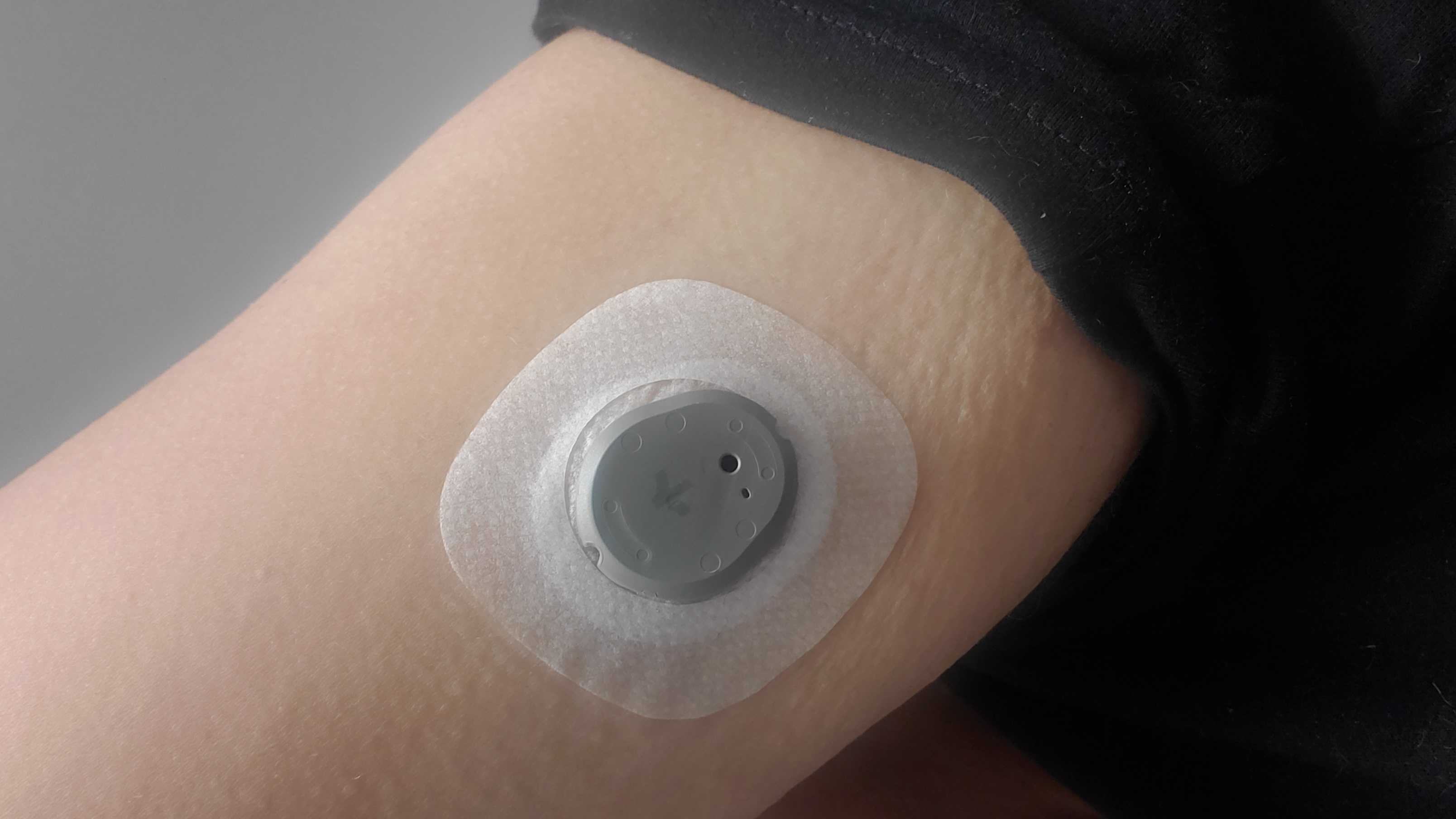
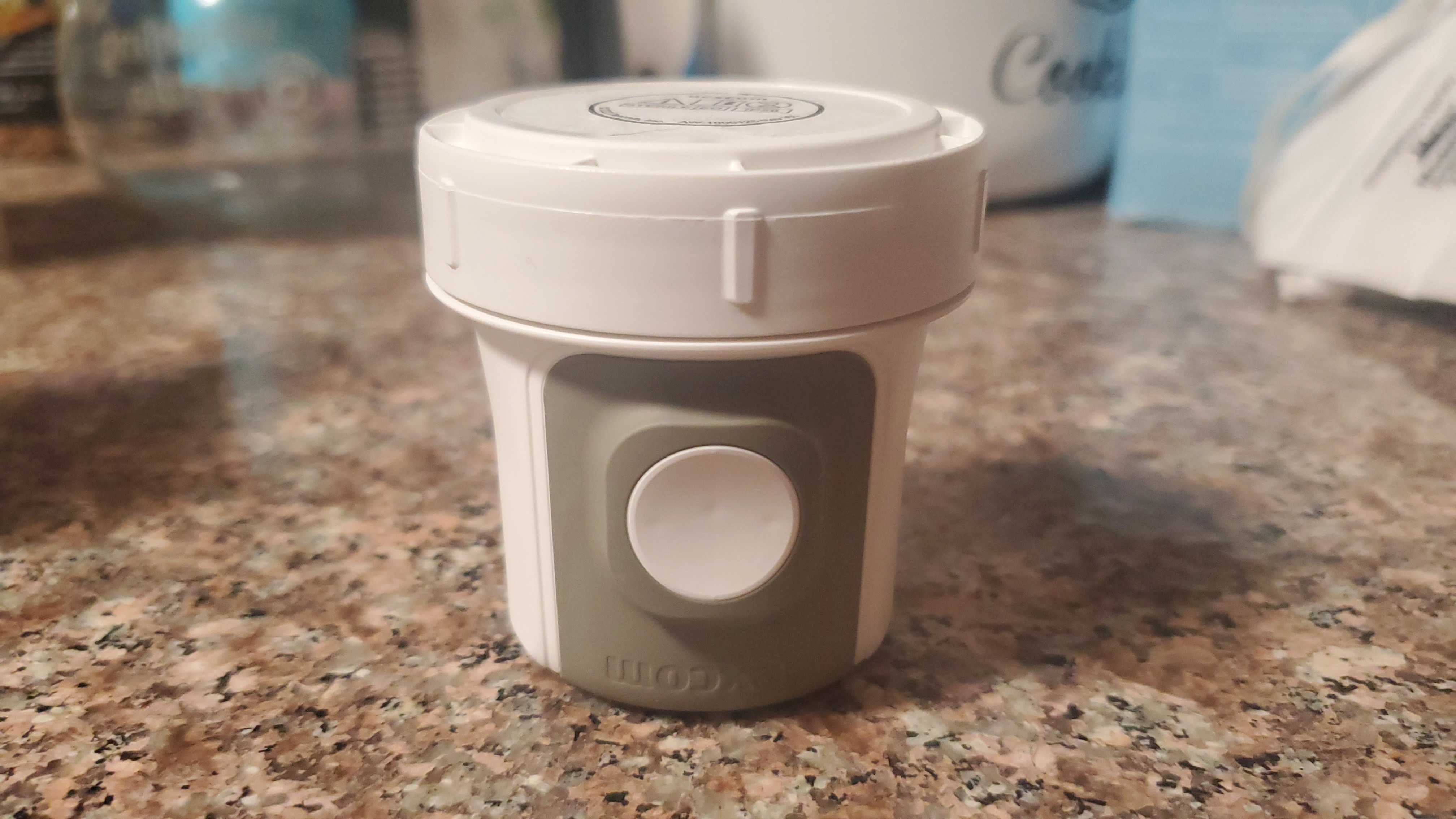
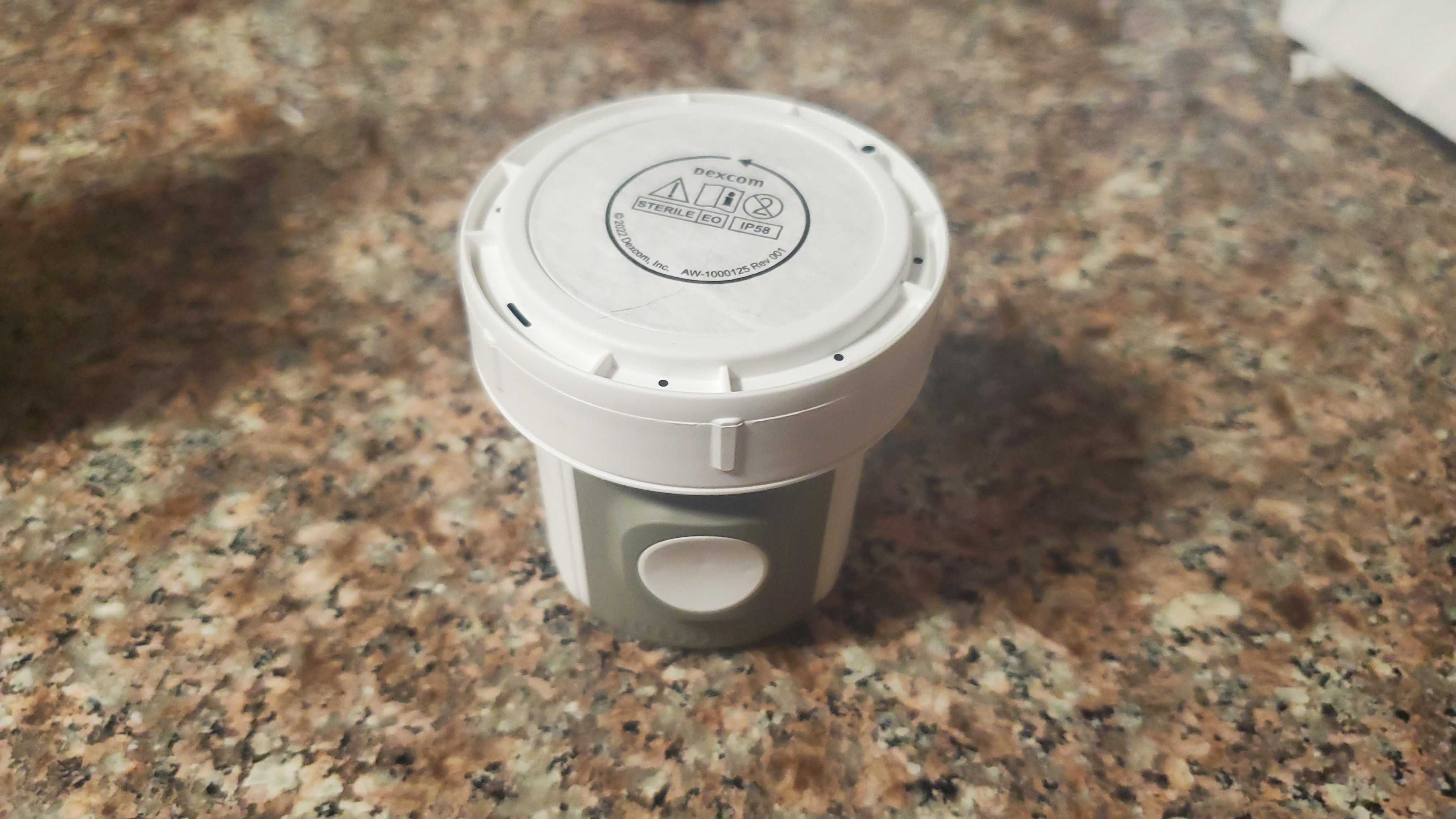
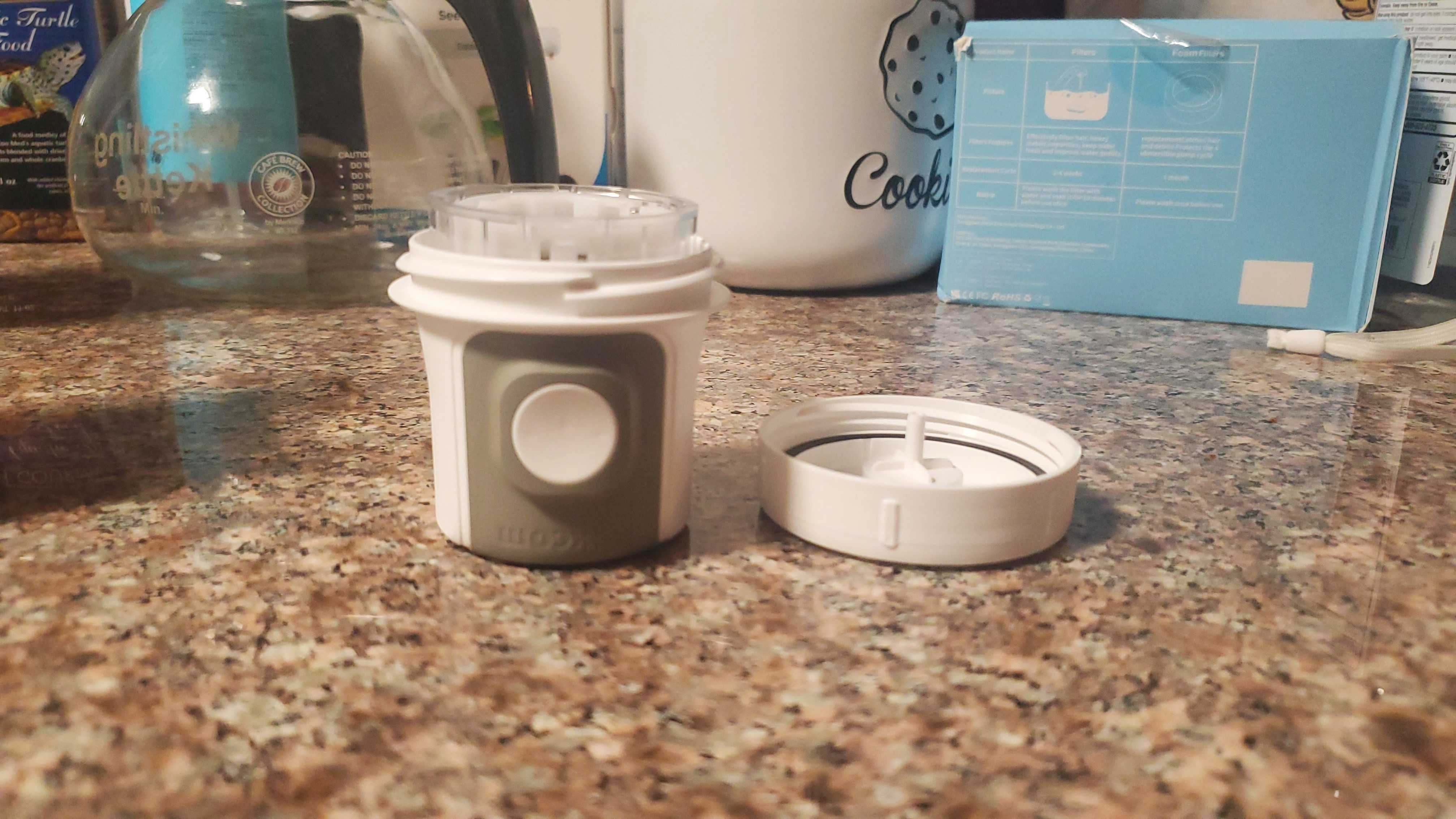
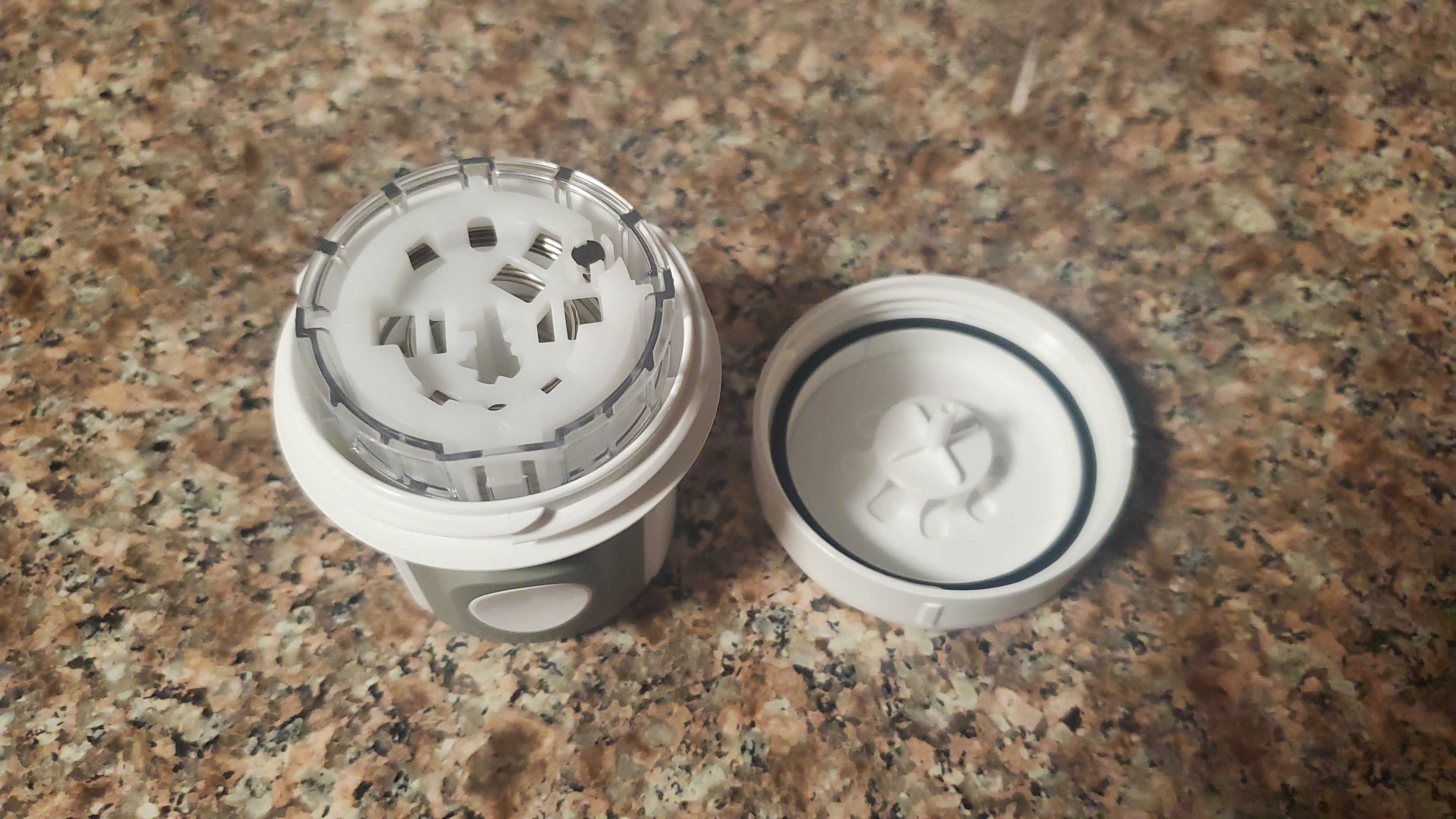
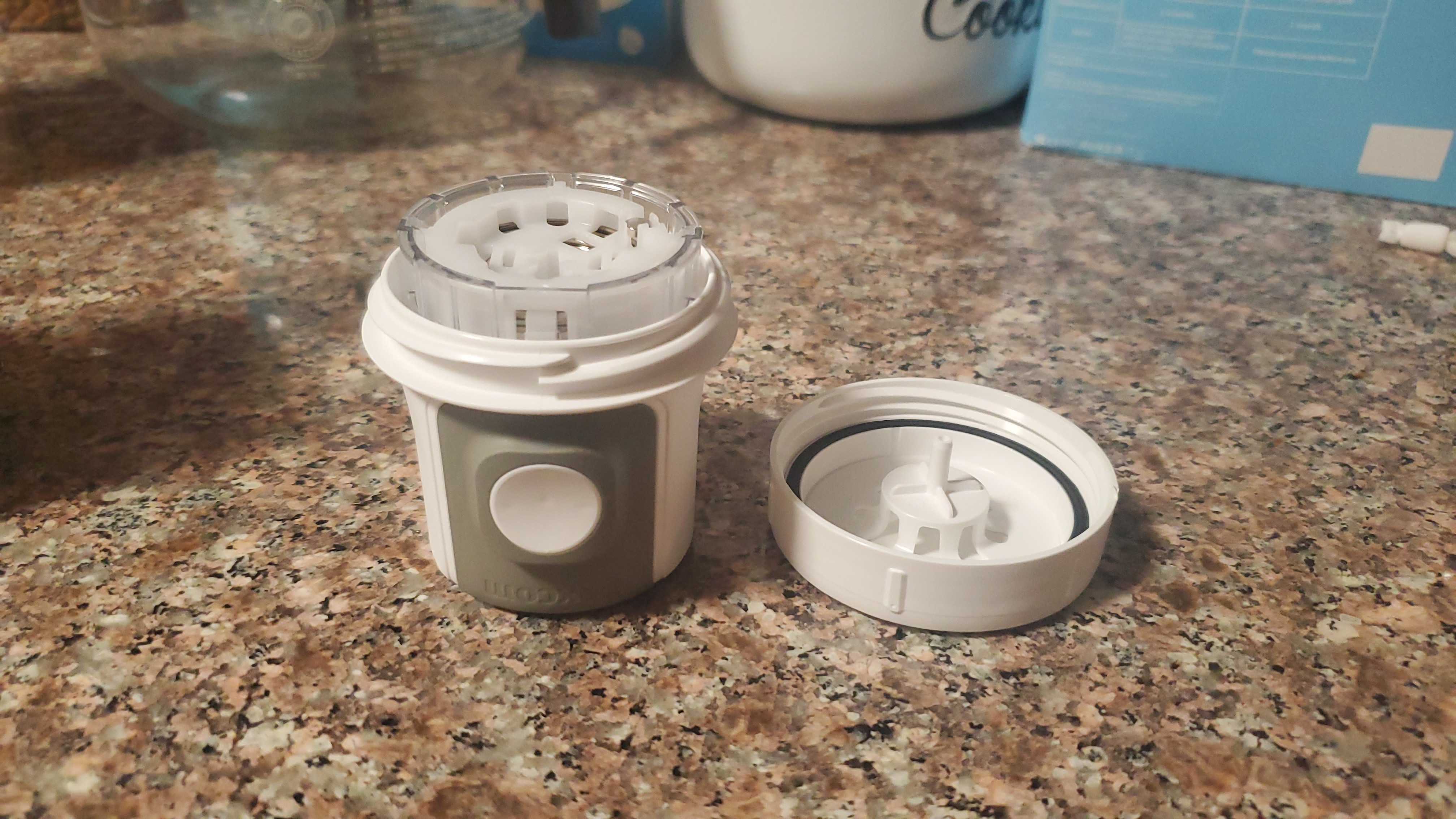
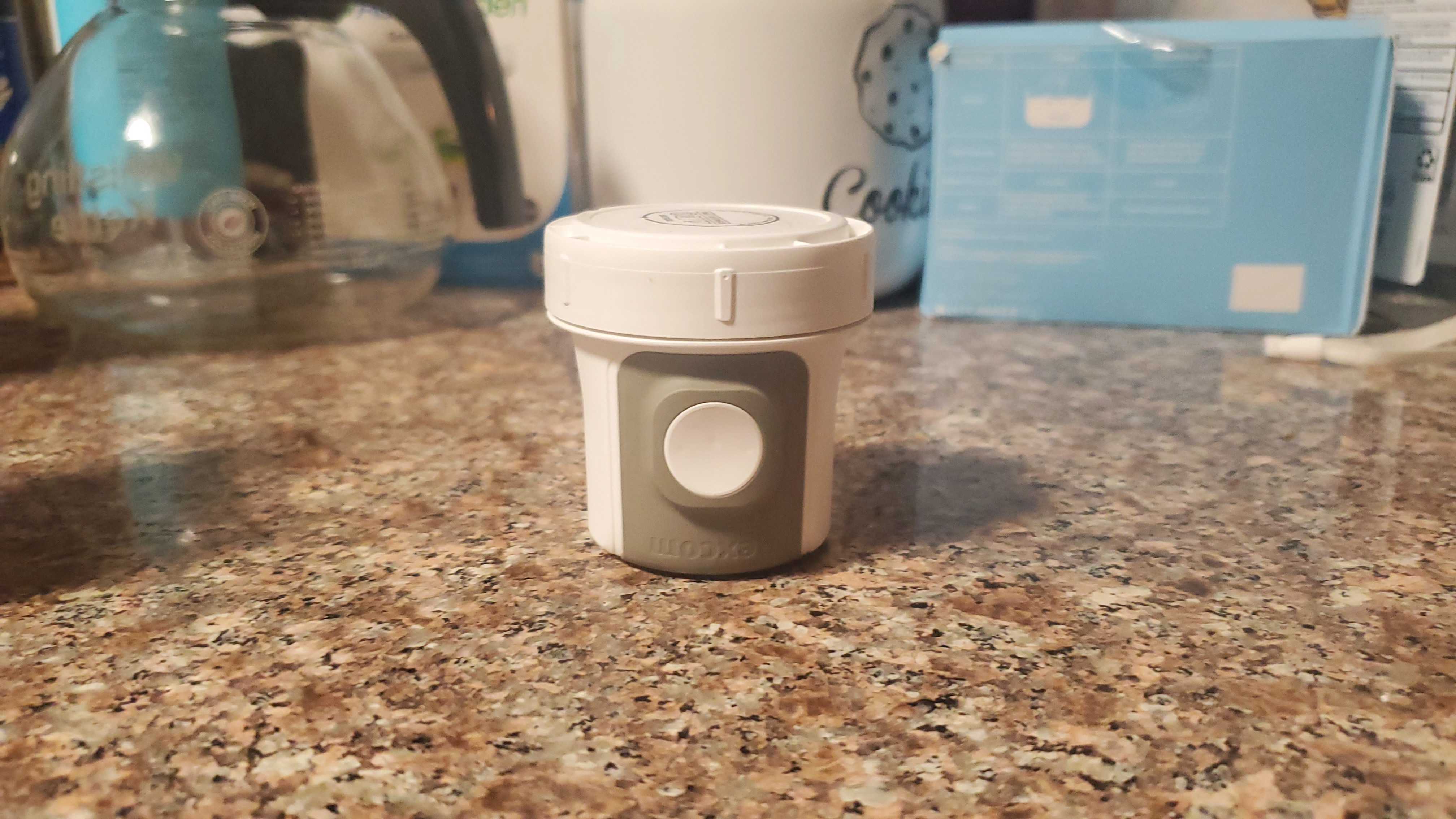
Design and ease of application
When you first open the box, there’s a small applicator with the sensor inside. You essentially press the opening of the applicator to an unblemished part of the skin — ideally fatty too, like the upper arm — and press down. This unlocks the applicator button on the applicator which you press and the sensor embeds in your skin through a needle. Don’t worry, the process is shockingly painless, not even a pinch.
The design of the monitor itself is a small grey circle that attaches to the part of the body you inserted it in through the needle embedding itself there. There’s a small adhesive around the sensor that clings to the skin, which is further enhanced by another waterproof adhesive patch you put on after. You can also purchase more patches through the Stelo site or through retailers like Amazon.
After that, you’ll want to download the Stelo app and then you can either scan the unique QR code on the side of the applicator or manually input the code to register the sensor to the app. The rest of the app setup is simple and after waiting for roughly 30 minutes for the sensor to acclimate to your body, you’re session begins and you start to get readings.
You can connect the Stelo app to Apple Health or Google Health in order to connect your activity and sleep data. There’s also another app that your healthcare provider can download and view the sensor’s results. The only downside to the Stelo app is that it’s not, at the time of this writing, compatible with Android 15 OS.
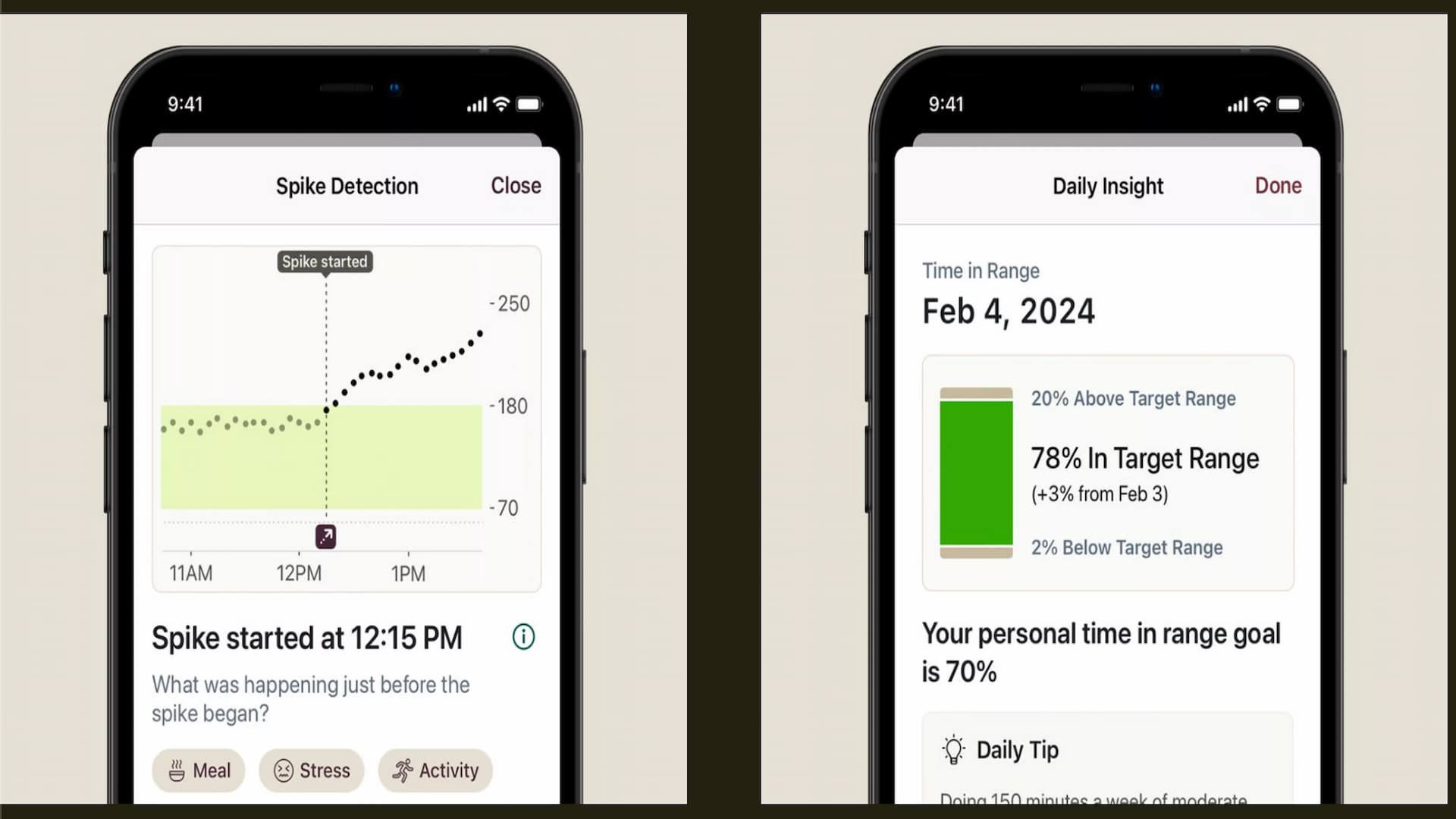
How did my session go?
I ran my session for as long as the sensor stayed adhered to my skin, which was roughly 11 days. It’s important to keep in mind that since the Stelo biosensor doesn’t detect glucose through blood like a blood glucose meter, it’s not as accurate. But the advantage is that you can see your glucose levels adjust in real-time as it’s affected by food, stress levels, medicine, exercise, and sleep (or lack of it).
During my session, the Glucose tab in the Stelo app showed my current glucose level as well as the general range of my glucose readings over a period of three, six, 12, and 24 hours. You choose what condition you have and the app sets the healthy range that your glucose should stay in, with your actual readings visualized as a line graph.
You can also view your glucose summary, which averages your readings in one, three, seven, 14, and 30-day periods. There’s an Events tab that you can use to log events throughout the day. You can also log what happened around the time a spike or drop in glucose occurred. The app does notify you when this happens, but that notification can take between 20 minutes to an hour to show up, therefore those who must be immediately notified of this cannot use this biosensor.
Most of my results were well within what I’d expect, as when I ate there was naturally a spike in insulin. I was able to see in real-time how stress caused a spike in my glucose and that informed me to help mitigate my daily stress levels as a result. I also saw how sleep affected these levels, with more sleep lowering my glucose, and adjusted my sleep schedule as well.
I monitored the glucose recorded through the biosensor versus my blood glucose test to see the difference. Overall the variance was within 10mg/dL (the measurement used in the US), which is impressive since the biosensor measures glucose through interstitial fluid (the fluid between your cells), which is less accurate than using blood. There were, however, some very odd variances at a few points.
On the first day (which Dexcom does warn about), my glucose according to the blood meter was 103mg/dL but the biosensor claimed it dipped well below 70mg/dL. There were also a few times that it recorded my glucose much higher (over 50mg/dL higher) than the blood meter results. In other words, the biosensor should be used solely as what it’s meant for, which is more of a guide along with your daily tests.

Final thoughts
The sensor is supposed to stay adhered for up to 15 days, but I needed to use medical tape to secure the sensor. Eventually had to remove it on day 11 once the needle itself loosened. Luckily, there was no lasting damage to the needle insert site, I just needed to wipe down the area with an alcohol pad to sterilize it. As mentioned before, you can also purchase patches to keep it attached to your skin, switching them out every few days or so.
One of my major issues with the Stelo app which is actively detrimental to users: you can’t take screenshots of your results at all due to “security reasons.” This means you must manually record any results or risk losing access to them after a set period, as it only holds up to 30 days of result averages and you can’t access individual days or events after a while.
The lack of Android 15 support is also a massive oversight, as it excludes a significant amount of phones. Luckily I have an older model, the Samsung Galaxy S10, so I used it just fine. But to omit such a large audience from such a useful health tool due to OS compatibility issues.
Despite my misgivings, the Stelo glucose biosensor and its companion app are incredibly useful tools that taught me a significant amount about my condition, one that I only received a diagnosis of recently. My session armed me with some serious knowledge about how my glucose levels behave throughout the day as they’re influenced by outside conditions, and in turn, I learned how to better manage some of those conditions to better manage my health.







